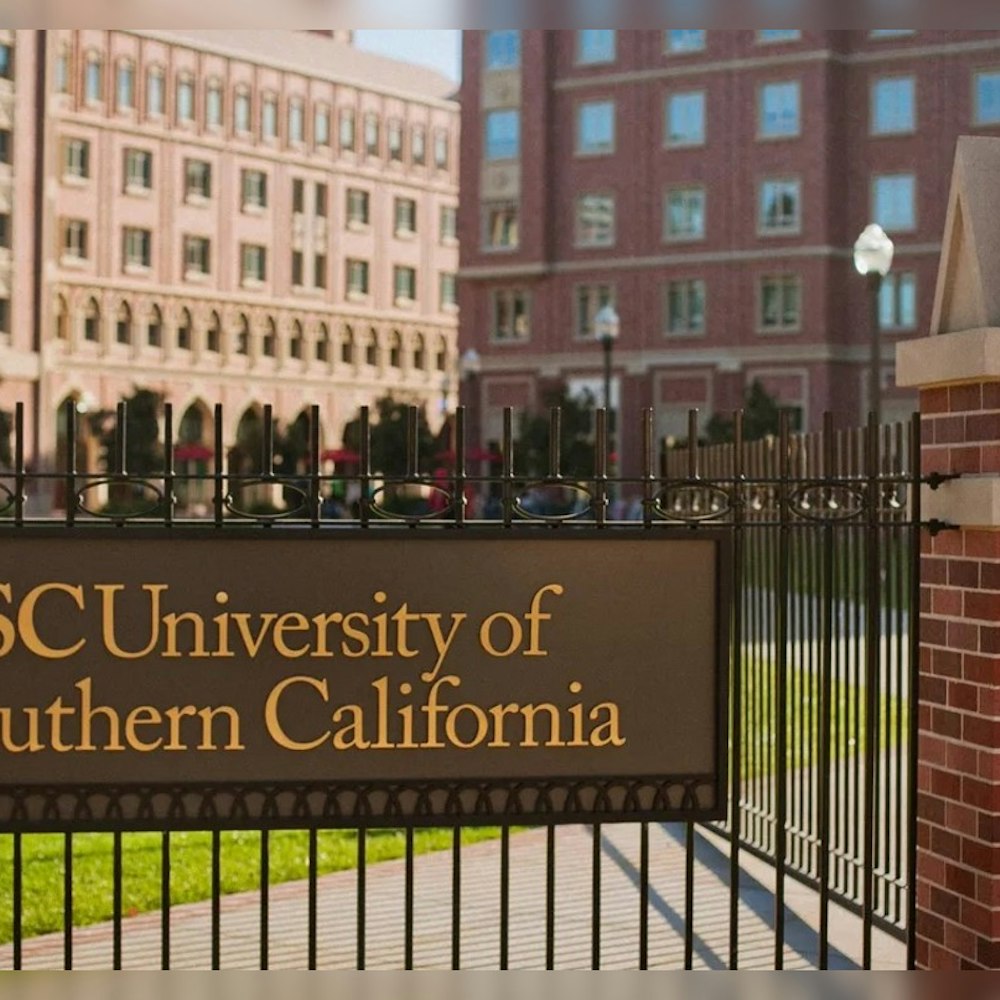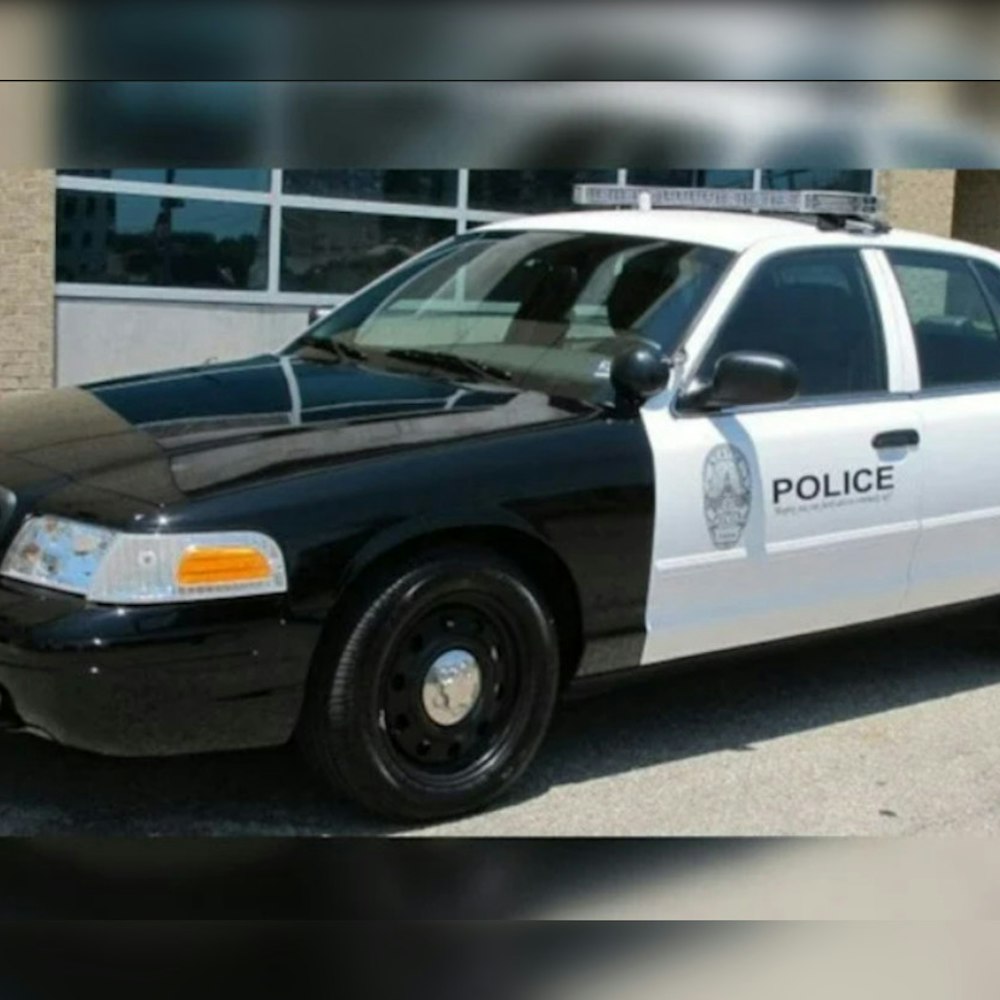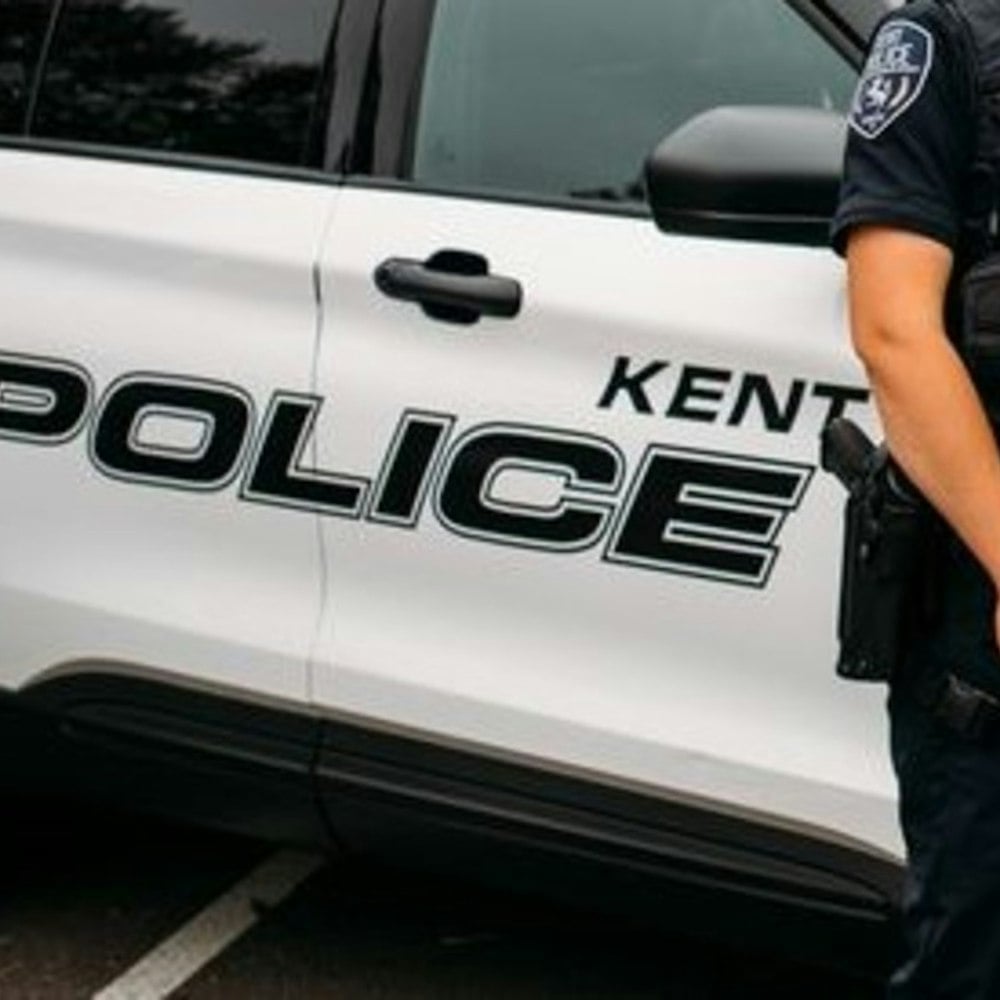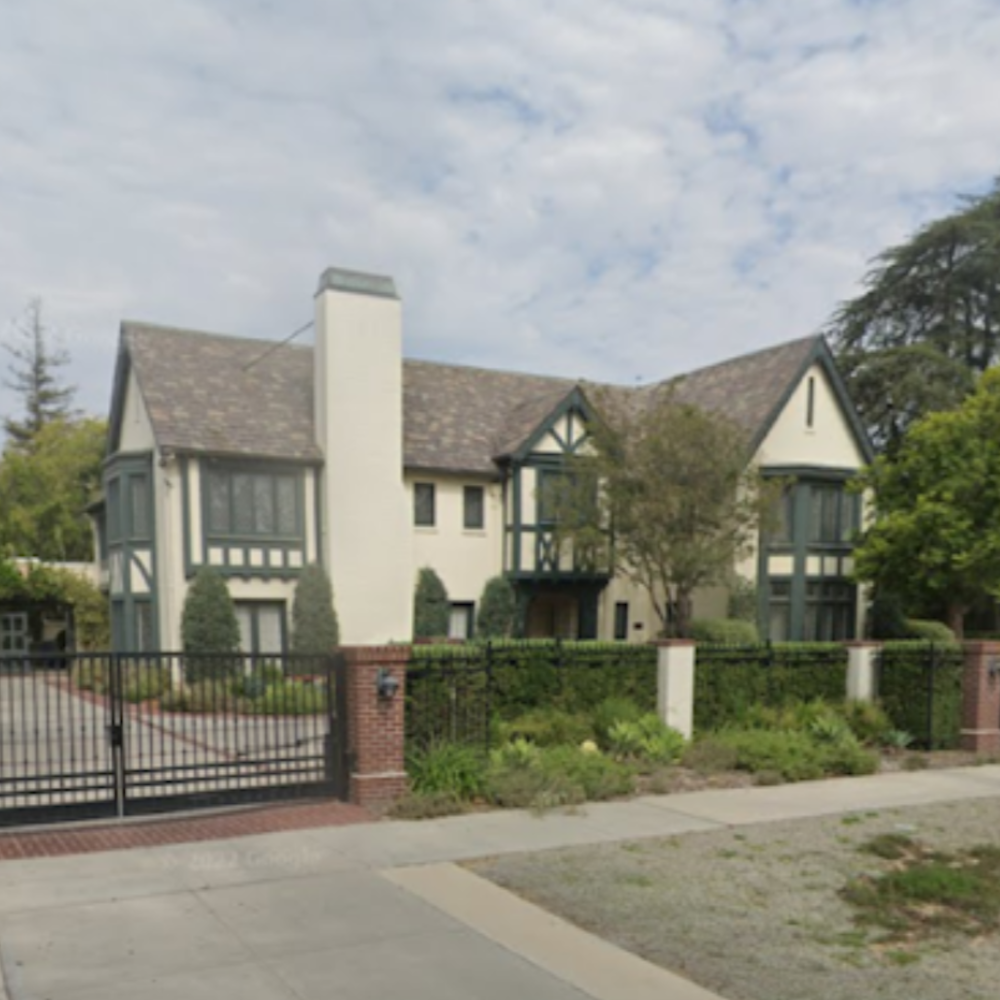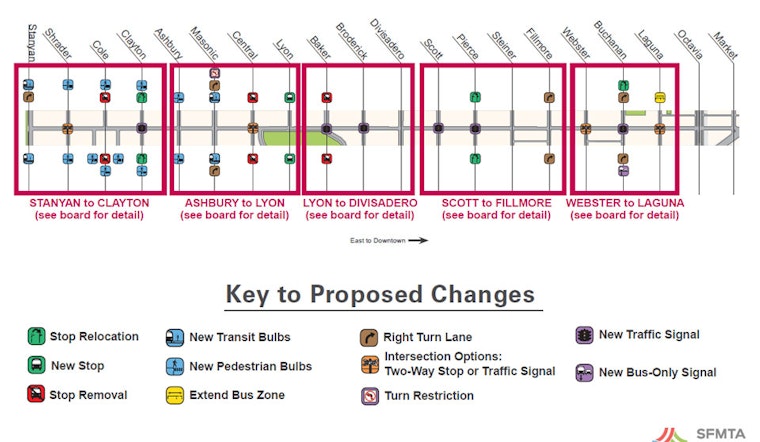
On Tuesday, a divided SFMTA Board approved a slate of proposed changes to the Haight Street transit corridor.
As we reported last week, up for a vote was the 71-Haight portion of Muni Forward, a project aiming to improve transit reliability and pedestrian safety throughout the city. Along Haight Street, this will mean new traffic signals, pedestrian bulbouts, and bus stop relocations, among other changes.
At Tuesday's meeting, Muni Forward project manager Sean Kennedy presented statistics on the current state of transit on Haight.
Kennedy noted that 20,000 transit riders travel along Haight Street each day, with 5,000 of them getting on or off buses somewhere between Stanyan and Laguna. These riders face a number of challenges which Muni Forward hopes to address, one of which is overcrowding. During the peak 2-hour stretches in the morning and evening rushes, there are typically 24 buses in operation, all of which are standing-room only. Kennedy also noted that those crowded buses make more than 20 stops, between the 10 stop signs and 11 bus stops they encounter along the way. In total, the 1.5-mile trip ends up taking an agonizing 11 minutes on average, and with all the stops and overcrowding, only about 50% of buses actually complete the route on time.
Haight Street also poses a number of challenges for pedestrians, particularly in the Upper Haight. Kennedy said that in the past 5 years, there have been 25 pedestrians hit by cars on Haight between Central and Stanyan. Narrow sidewalks and high pedestrian volume in the Upper Haight, combined with sidewalk features like shelters and trees and benches, create very crowded conditions, which pose pedestrian safety issues.
Muni Forward seeks to tackle these challenges by replacing stop signs with traffic signals at 10 intersections along Haight (an increase from earlier drafts of the plan), moving Muni stops to alternate sides of the street at certain locations, and installing pedestrian bulbouts at busy corners. Kennedy estimated that in those 25 cases where pedestrians were hit by cars, bulbouts would have helped deter 17 of them. Meanwhile, when four-way stops have been replaced with traffic signals in other locations in the city, pedestrian injuries have been reduced, Kennedy said.
Overall, the SFMTA estimates the plan will reduce travel time by 3 minutes, or roughly 25%, along the route. Separately, more buses will be added in a plan that was approved in March, increasing capacity by 20%.
Finally, Kennedy mentioned that specific plans for the design and size of the bulbouts and other streetscape improvements will be decided at a later date, with extensive input from the community to reflect the character of Haight Street. He emphasized that Muni has been working with neighborhood groups in both the Upper and Lower Haight to make sure public feedback is incorporated.
The meeting was then opened for public comment, and a number of local residents and merchants took to the mic. There was some support for the project from residents who looked forward to the improved travel times and possible upgrades for pedestrians. Others were concerned that stop lights on the eastern end of the project area will encourage speeding and will change the character of the neighborhood, and that the estimated travel time reductions were too optimistic.
Most vocally opposed to the plan, however, were a group of Upper Haight merchants, including representatives from Amoeba, Booksmith, and Shoe Biz. They stated concerns about the removal of parking spaces, the potential displacement of loading zones, and the seeming disregard for the separate Haight Ashbury Public Realm plan which continues to advance. Haight Ashbury Merchant Association board member Christin Evans presented a letter signed by 24 Upper Haight merchants opposed to the Muni Forward plan.
Finally, Supervisor London Breed's aide Conor Johnston relayed concerns from the SFPD Park Station captain about public safety issues, particularly surrounding the possible installation of new bus shelters. The existing bus shelters in the Upper Haight already pose a challenge to the department, Johnston said, as they have proven a magnet for drug use and other illicit behavior. Johnston said Breed would have hesitations about the installation of additional shelters, but otherwise didn't present an official stance on the project overall.
The Board then deliberated the fate of the project. A few members acknowledged the varied and extensive concerns from the public, and suggested that a few more weeks of outreach and revisions might help alleviate those concerns. Others noted that the plan has been in the works for quite a while already, with multiple community meetings and subsequent iterations.
Kennedy said that some of the public's concerns, like those about loading zone displacements and bulbout designs, would be addressed at a later date during the design phase. That answer didn't quite satisfy Board member Gwyneth Borden. She cautioned that approving projects with promises to address problems later often means that those problems never actually get addressed. Borden also worried about an image problem for the SFMTA, whereby it appears that the agency sometimes moves forward regardless of public input.
Finally, chairman Tom Nolan suggested an amendment, "that we direct staff to come back in a month to have substantial conversations with the folks that are here today, the concerns they've raised and some others, and report back in early January about specific points that have been made." That amendment passed unanimously.
Ultimately, the motion to approve the project was put to the final vote. Borden and fellow board member Jerry Lee voted against the project, while the remaining five members voted in support. Thus, the project was approved.
Expect the traffic signal installations to take place first, while the design phase of the bulbouts and other streetscape elements gets underway over the next 6 to 12 months. Overall, the entire project could be complete sometime in 2016.
